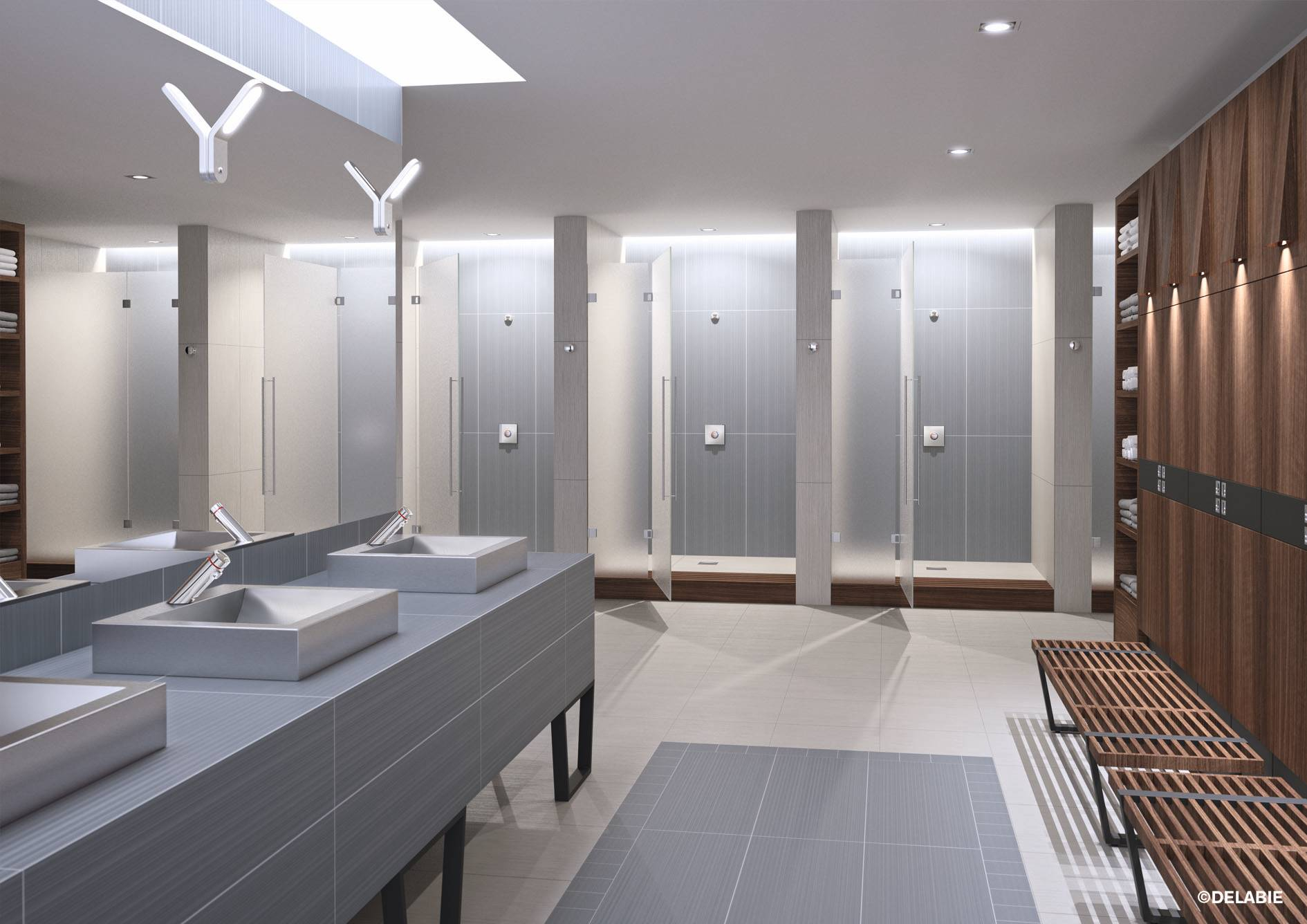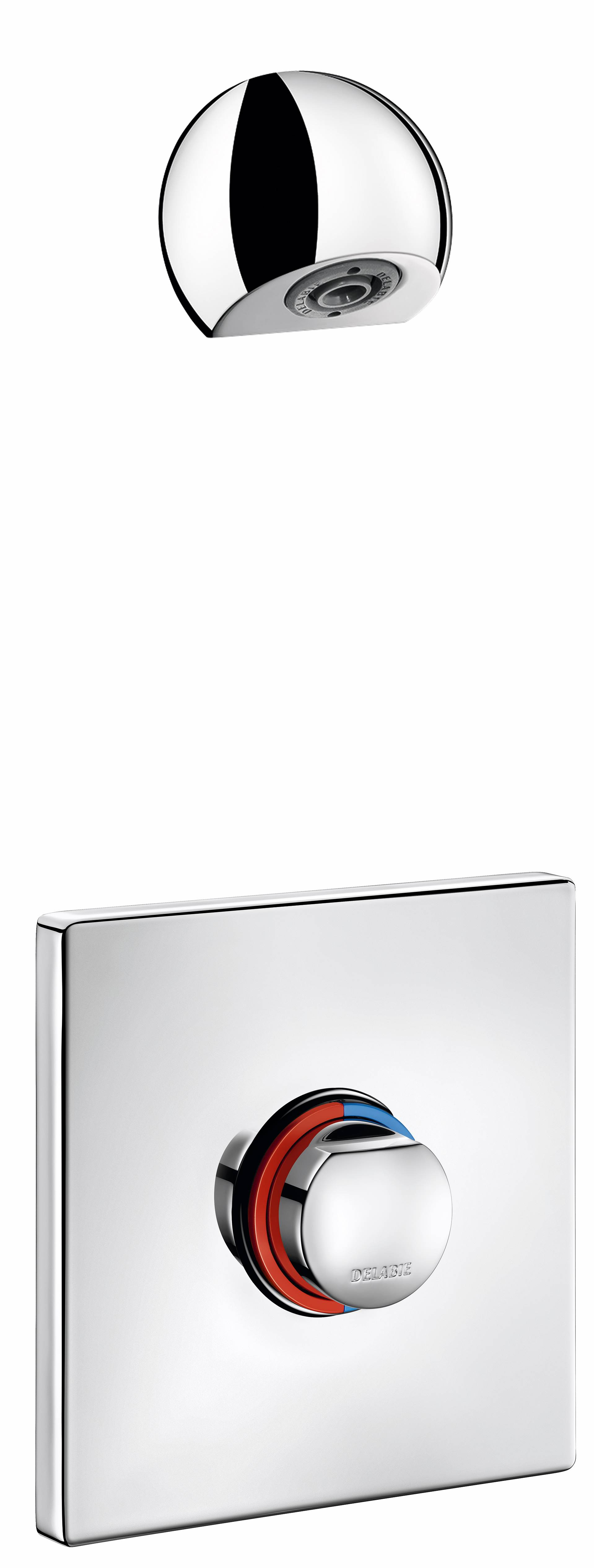Traditionally refurbished every 15 to 20 years, public toilets rarely set design trends. However, DELABIE, is gradually converting commercial washrooms by providing sanitary controls and fittings that complement the architectural style and decorative features of the building.
Form versus function
Public washrooms are subjected to intensive and often heavy-handed use, with function traditionally taking precedence over form. However, characteristics such as durability and reliability should not eclipse washroom aesthetics. Indeed, DELABIE’s designers and engineers demonstrate that it is possible to create attractive sanitary installations in all public and commercial buildings - not only large projects such as airports and corporate head offices, but also in leisure centres, gyms, hotels, restaurants or bars. Easy to install, the water controls have standardised parts to simplify maintenance and save time and money when servicing is required.
Keeping up appearances
Specifically developed for the commercial sector, DELABIE’s taps and showers, urinals and WC flush valves, accessories and sanitary ware all combine design with functionality. Able to withstand intensive use, the sleek, stylish lines also facilitate cleaning to maintain their attractive appearance while upholding hygiene standards. Attractive products and well-maintained fixtures with clean, bright surfaces are more likely to elicit respect and care from users, while anti-blocking features and reinforced fixings minimise voluntary vandalism.
Sustainable solutions
Sustainability is not always designed into commercial washrooms. DELABIE’s self-closing taps or electronic controls with low power consumption, flow rate limiters and adjustable flush volumes all conform to environmental accreditation schemes, delivering significant savings compared to domestic controls. Designed to withstand intensive and prolonged use, and made from hard-wearing materials, they provide a long-term solution.
Primarily conceived to be robust and easy to maintain, DELABIE’s commercial sanitary furniture has evolved, combining two essential elements that are becoming increasingly inseparable: function and aesthetics.

